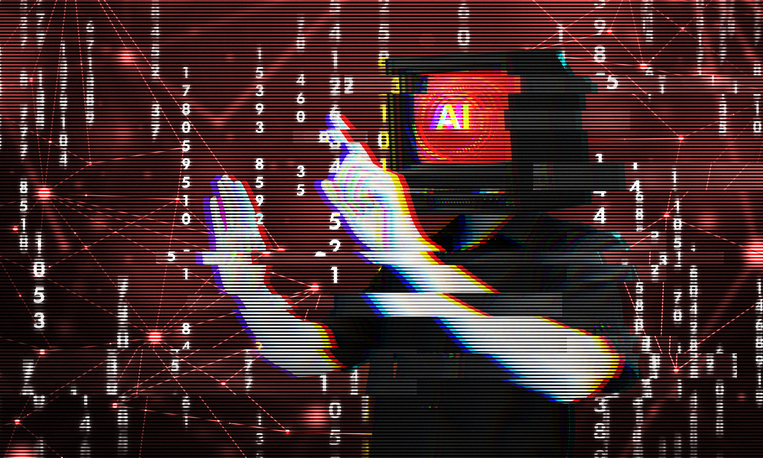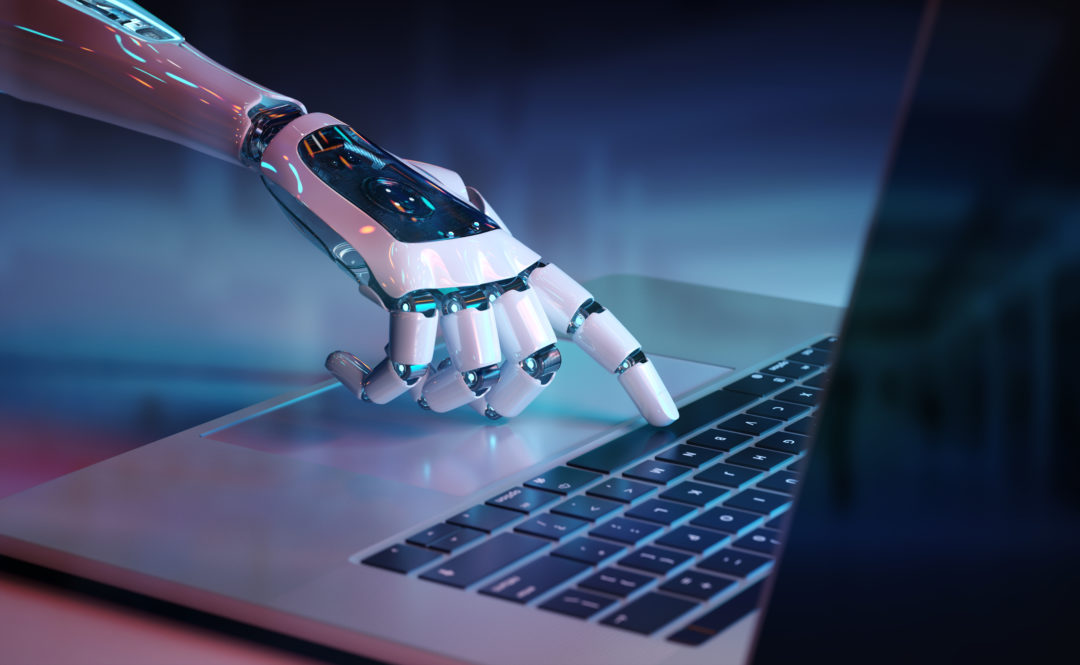The Rise of AI in Cyber Security: A Game-Changer in the Fight Against Cyber Attacks
Throughout the Covid-19 pandemic, cyber attackers have taken advantage of uncertainty to relentlessly target businesses and individuals. Interpol reported in its Covid-19 cybercrime report that two-thirds of EU member countries witnessed a significant increase in malicious domains registered with the keywords ‘Covid’ or ‘Corona’ aiming to take advantage of the growing number of people searching for information about Covid-19 online. Opportunistic cyber criminals are also taking advantage of the global crisis by deploying ransomware against institutions and businesses associated with responding to the pandemic.
But attacks were on the rise even before the pandemic came along. Businesses have been facing unprecedented demands on their networks, people, and finances, but attacks are particularly devastating for small businesses, with the cost of recovery often insurmountable. With this mounting threat on their livelihoods, it’s no wonder many businesses are turning towards artificial intelligence (AI) and machine learning (ML) technologies to take on the heavy lifting that comes with an increasingly combative digital world.
The Rise of AI
Machine learning is a subset of artificial intelligence and uses algorithms born of previous datasets and statistical analysis to make assumptions about patterns of behavior. Algorithms can adjust their actions and perform functions for which they haven’t been explicitly programmed, thus ensuring the machine learns progressively and continues to support the organization’s ever-changing requirements.
The Benefits of AI
It is designed to take care of the easier, monotonous tasks like uncovering and dealing with threats as they arise. For many businesses, this will be a lifeline as it enables valuable staff time to focus on strategic tasks or spot issues or inconsistencies that only a human would be able to find.
The Current State of AI Adoption
Businesses have begun to recognize the promise of AI/ML, and as cyber attacks continue to increase globally, more are adopting these advanced tools to protect themselves. In a survey we conducted among IT decision-makers across the United States and Japan back in 2017, we discovered 74% of businesses in both regions were already using some form of AI or ML to protect their organizations from cyber threats.
A Pervasive Lack of Awareness
Despite the increase in adoption rates for these technologies, our most recent survey found that more than half of IT decision-makers admitted they do not fully understand the benefits of these tools. Even more jarring was that 74% of IT decision-makers worldwide don’t care whether they’re using AI or ML, as long as the tools they use are effective in preventing attacks.
Looking Ahead
Despite the confusion around AI and ML, we’re seeing a trend towards increased adoption of the technologies, with 70% planning to use even more AI/ML-based cyber security tools in 2020. Along with this increased adoption, AI and machine learning tools will only grow more sophisticated in their understanding of cyber threats.
Conclusion
By partnering with cyber security vendors who have long-standing experience using and developing AI/ML, and who can provide expert guidance, businesses can improve their chances of achieving the highest levels of cyber resilience, whilst efficiently maximising the capabilities of the human analysts on their teams.
FAQs
- What is the current state of AI adoption in the fight against cyber attacks?
- 96% of respondents use AI/ML tools in their cyber security programs.
- What is the main challenge in the adoption of AI/ML technology?
- A pervasive lack of awareness around the benefits of AI/ML.
- What is the future of AI in the fight against cyber attacks?
- AI and machine learning tools will only grow more sophisticated in their understanding of cyber threats, with 70% planning to use even more AI/ML-based cyber security tools in 2020.











